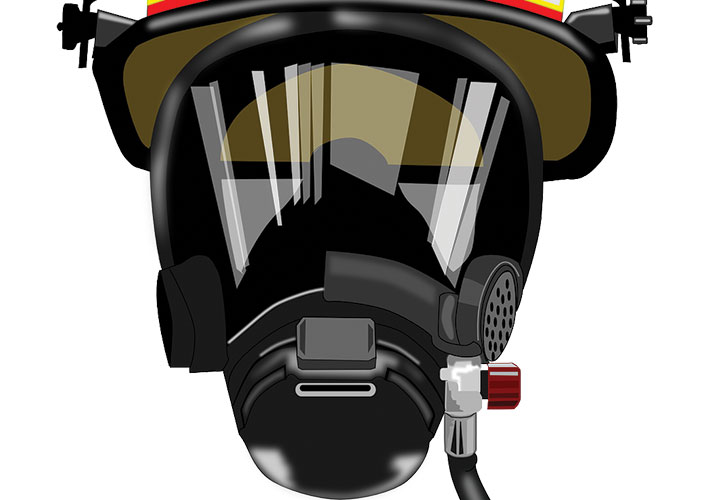
Creating Safe Living and Working Environments
Police officers and other emergency workers sometimes encounter situations in which their breathing can be compromised. In these moments, responders depend on a self-contained breathing apparatus, which generally has three main components: a high pressure tank, a pressure regulator, and an inhalation connection. Such equipment is essential to protect the lives of those who are saving the lives of others.
In keeping with its mission to provide safe living and working environments, the Safety Equipment Institute has launched a program to certify respirators that police officers and other non-firefighting emergency services personnel can use.
The new program certifies equipment to the National Fire Protection Association 1986-2017 Standard on Respiratory Protection Equipment for Tactical and Technical Operations.
Specifically, the program will certify a self-contained breathing apparatus, which consists of a facepiece, a cylinder with compressed air, pressure regulator(s), and a harness assembly (which carries everything on the wearer’s back).
SEI and the U.S. National Personal Protective Technology Laboratory – part of the National Institute for Occupational Safety and Health – have an existing memorandum of understanding that will support this new program. The organizations will coordinate evaluations for compliance to the standard and then jointly issue NIOSH-SEI certification letters to manufacturers.
The NFPA standard references ASTM International standards on salt spray (fog) testing (B117) as well as haze and luminous transmittance of transparent plastics (D1003).
SEI, located in McLean, Virginia, was established as a private, nonprofit organization in 1981 to administer the first nongovernment, third-party certification program to test for public safety, as well as to certify safety equipment products.
An affiliate of ASTM International since April 2016, SEI works with testing laboratories and quality auditors to certify a variety of products, ranging from baseball helmets to eye and face protection for factory workers, that are made by manufacturers around the world.
Patricia Gleason, president of SEI, notes that its bylaws were recently revised to broaden its scope beyond personal protective equipment.
“While continuing to grow in existing areas of industrial, fire, emergency response safety, and protective equipment, SEI has already begun to expand into other areas,” says Gleason.
These new areas include:
- Electronics used in fire and emergency response services (thermal imaging cameras, PASS devices, land mobile radios);
- Recreational equipment; and
- Restraints used in law enforcement.
In addition, representatives from SEI recently met with Nick Paulter, chairman of ASTM International’s subcommittee on controlled access security, search and screen equipment (F12.60), part of the committee on security systems and equipment (F12).
Gleason says SEI is advising the subcommittee on developing a document to initiate a process for third-party certification of hand-worn and hand-held metal detectors used in safety and security and that meet standards F3020 and F3278.
Click here for more information or contact Pat Gleason.
 SN Home
SN Home Archive
Archive Advertisers
Advertisers Masthead
Masthead RateCard
RateCard Subscribe
Subscribe Email Editor
Email Editor